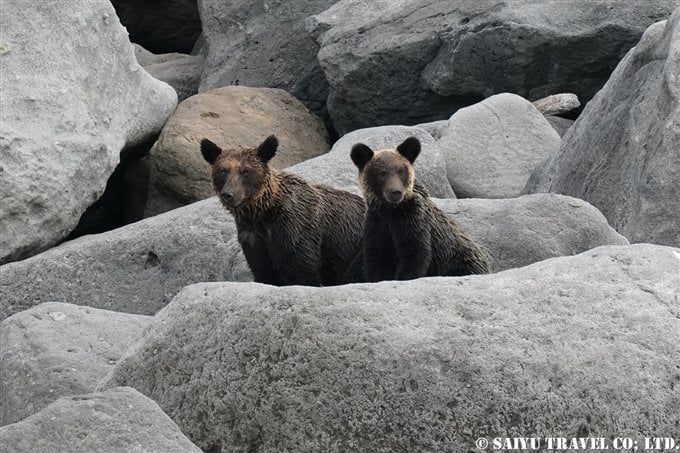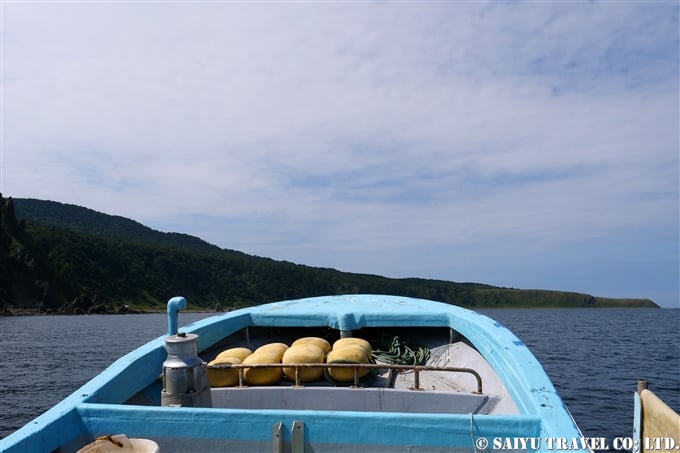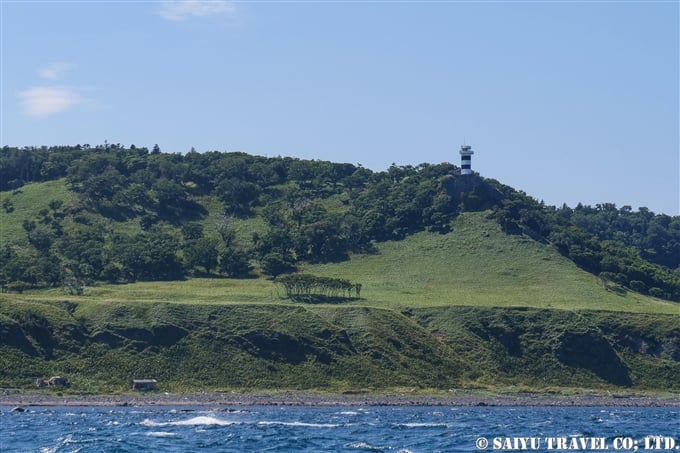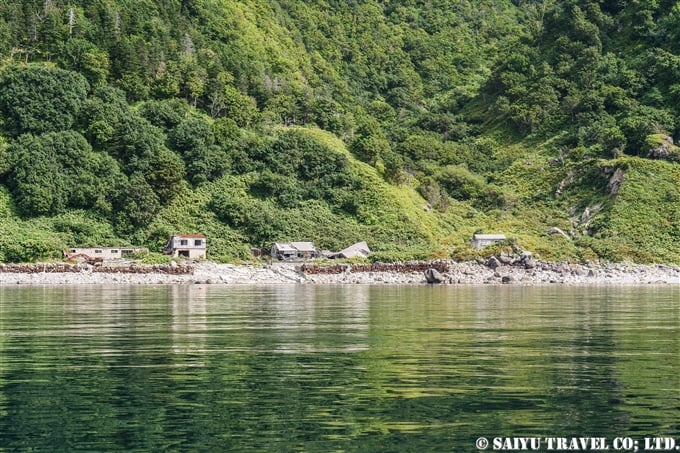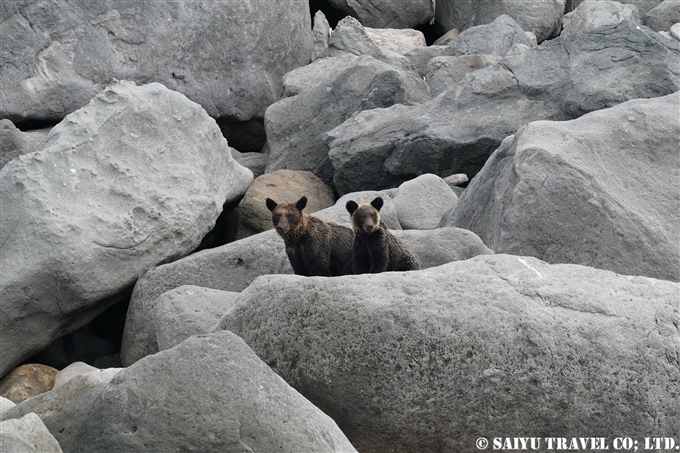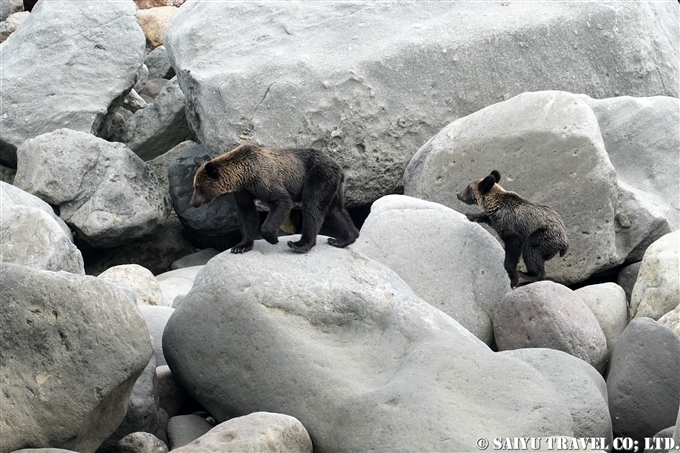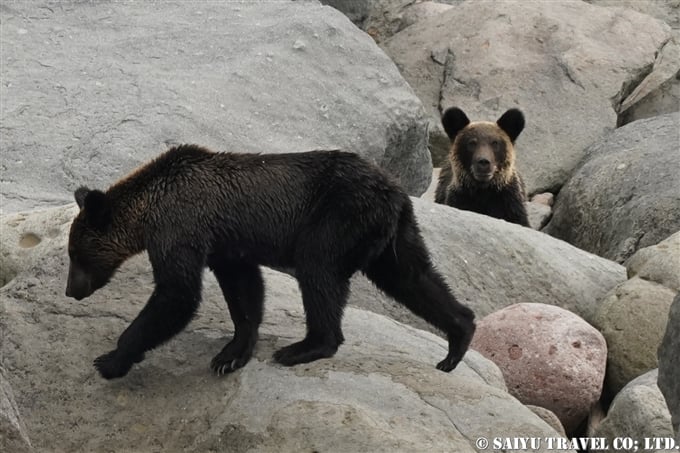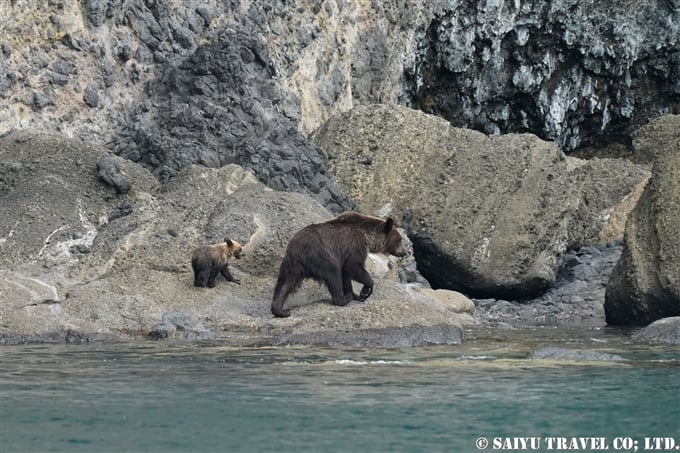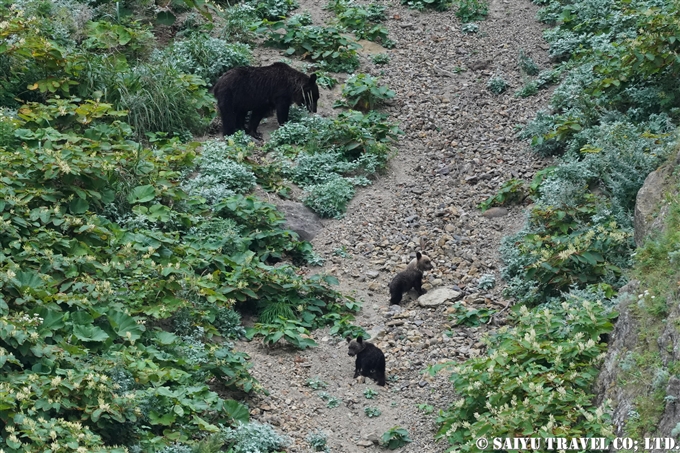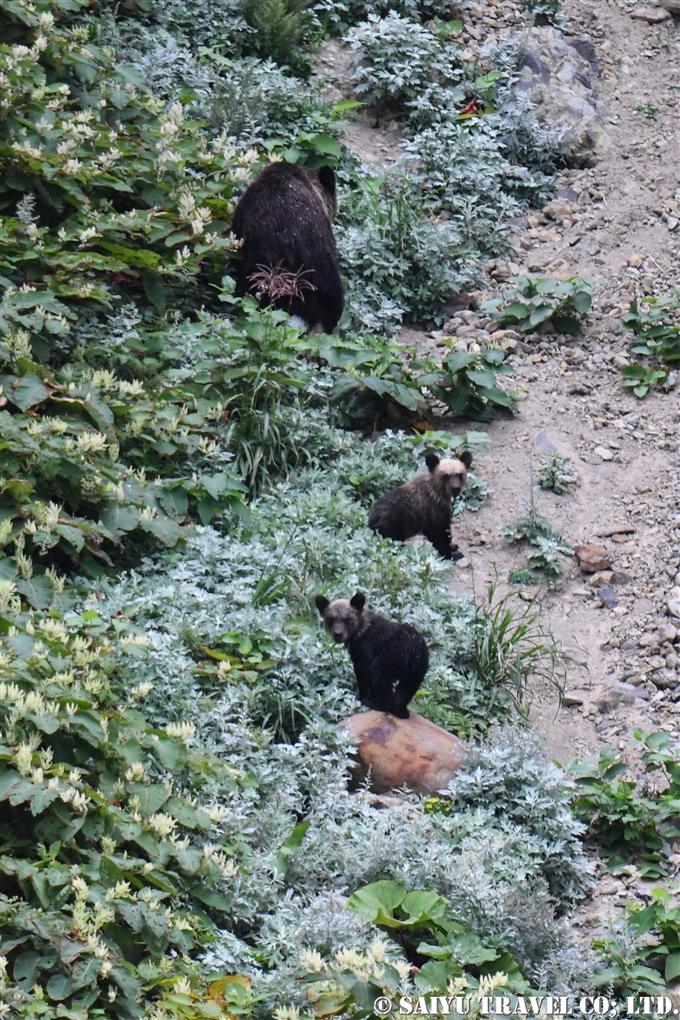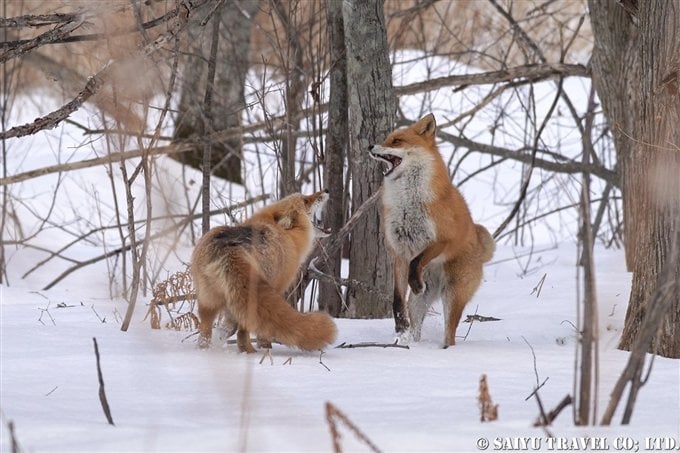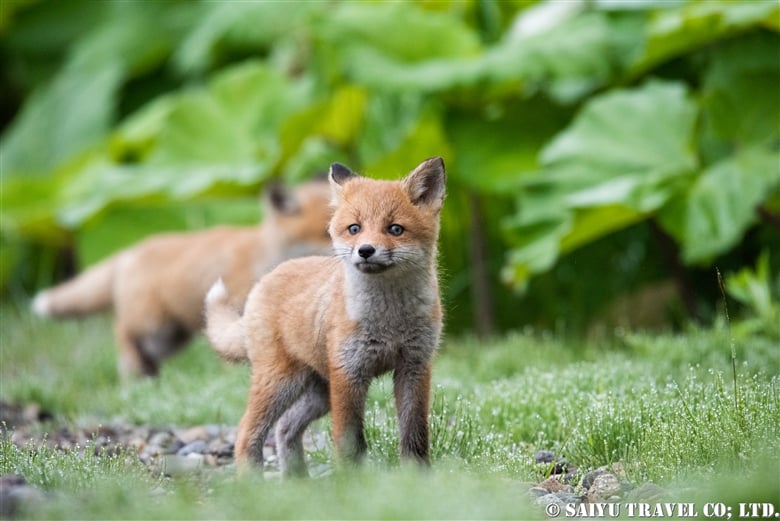
We met a family of Red Fox in Rausu during the spring months, when the temperatures had not yet risen to double digits yet.
The three red fox kits lived under the floor of a building called ‘Banya’, which is a hut used by the sea fishermen.
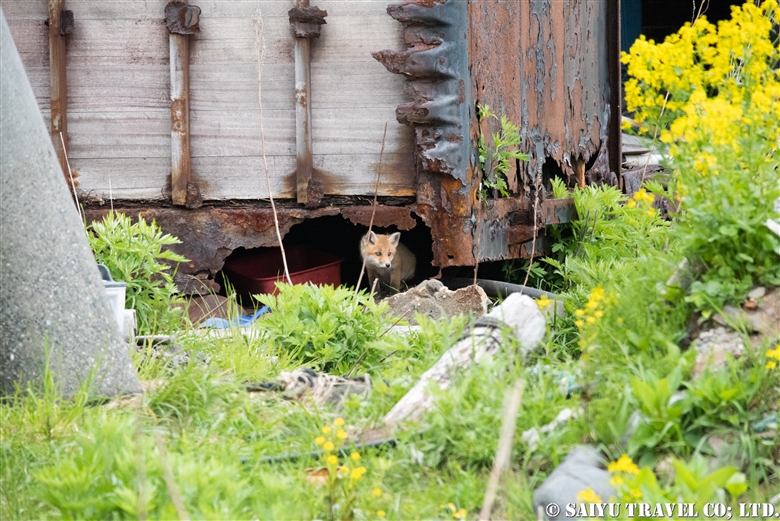
I met these kids when they were less than two weeks old, and they still couldn’t see very well. The parents were frequently grooming them, to remove the dirt from their fur.
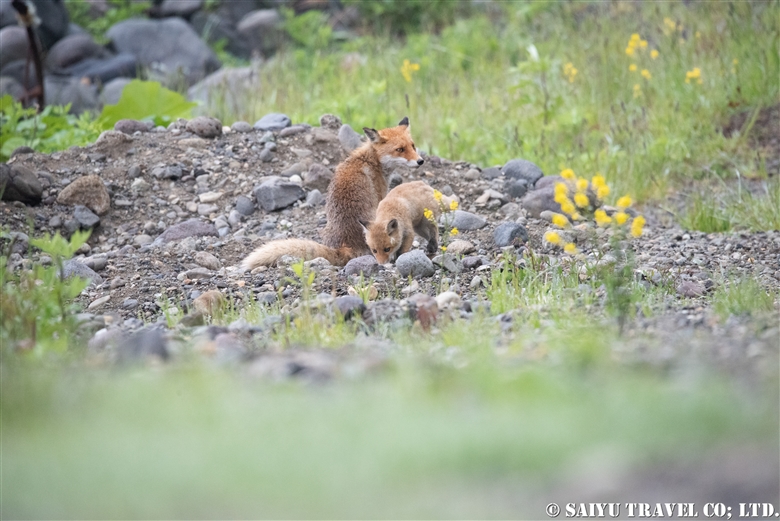
After observing them for a few days, I could get to know their daily schedule, and the relationships between the three siblings.
The third kit, which is a little smaller, was often seen dozing off or behaving a little differently then the other two. Every morning, when the time came for the fishermen to return to the port, the parent fox would also go to the port to get the fish from the fishermen.
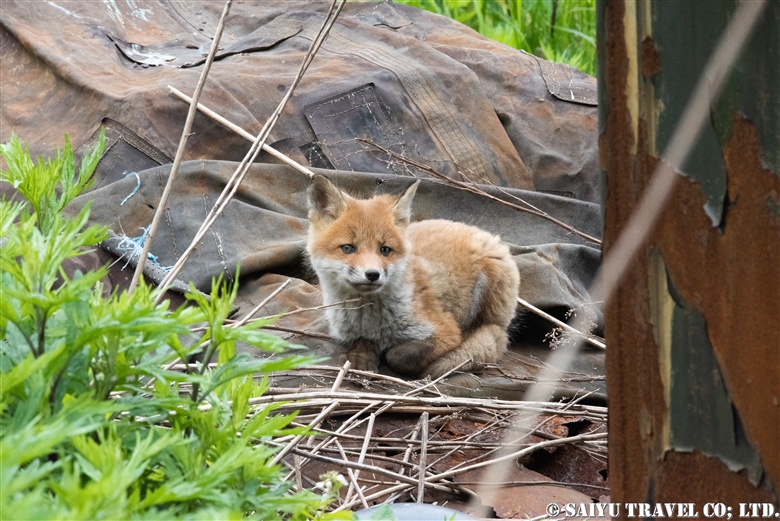
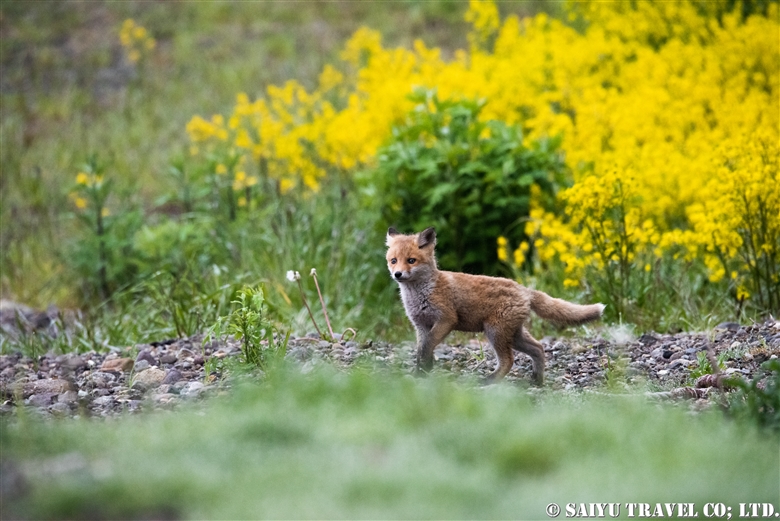
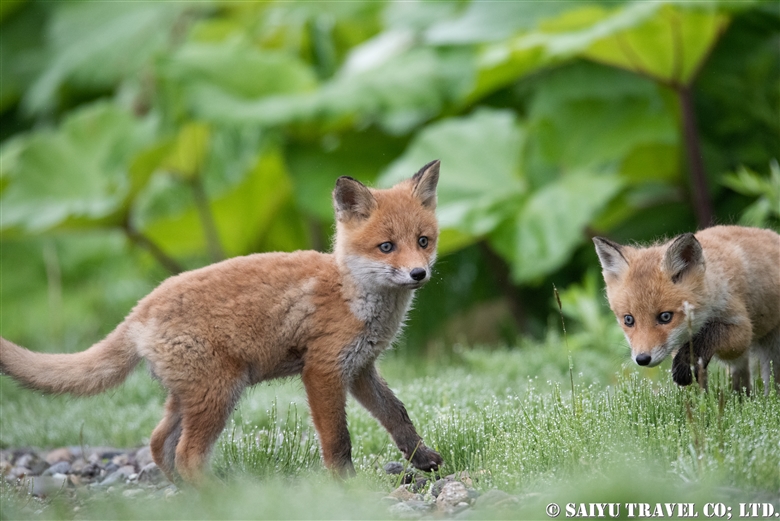
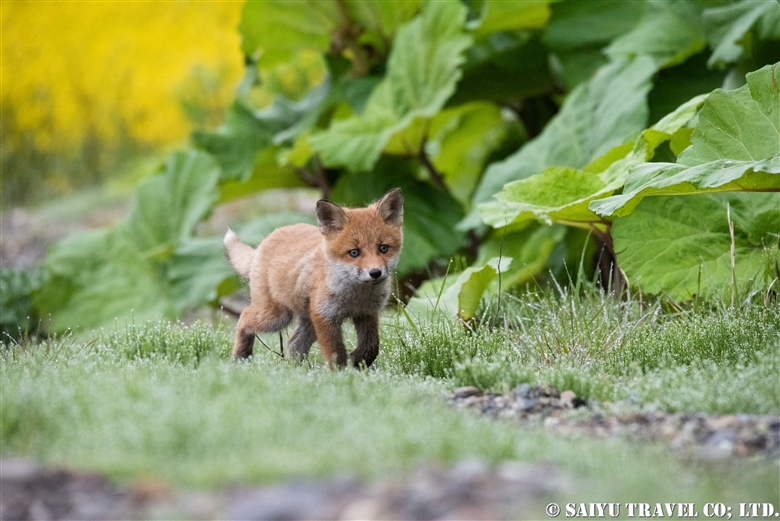
Every year, from May to June in Rausu, it is not uncommon to find baby foxes coming out suddenly from under the floor of the huts, jump out onto the road, or sadly even get hit by a car in the road. During this season in Eastern Hokkaido, animals such as deer and fox are raising their families, so there is a need to be extra careful when driving.
Photo & Text: Kaito IMAHORI
Observation: Rausu, Shireoko Peninsula, Hokkaido
*Contact us, Saiyu Travel for more information about wildlife and bird watching in Hokkaido. We can make various arrangements for your trip. We have a guesthouse, Shiretoko Serai, in Rausu, Shiretoko Peninsula.
Tags: Rausu, キタキツネ, Hokkaido blog, Hokkaido Fox, Banya, Red fox, Fox cub, Ezo-red fox, Kita-kitsune, Wildlife of Hokkaido, Kitsune, Wildlife of Japan, Shiretoko, Wildlife Photography tour in Japan, Widlife in Japan, Wildlife tour in Japan, Wildlife in Hokkaido, Hokkaido red fox











